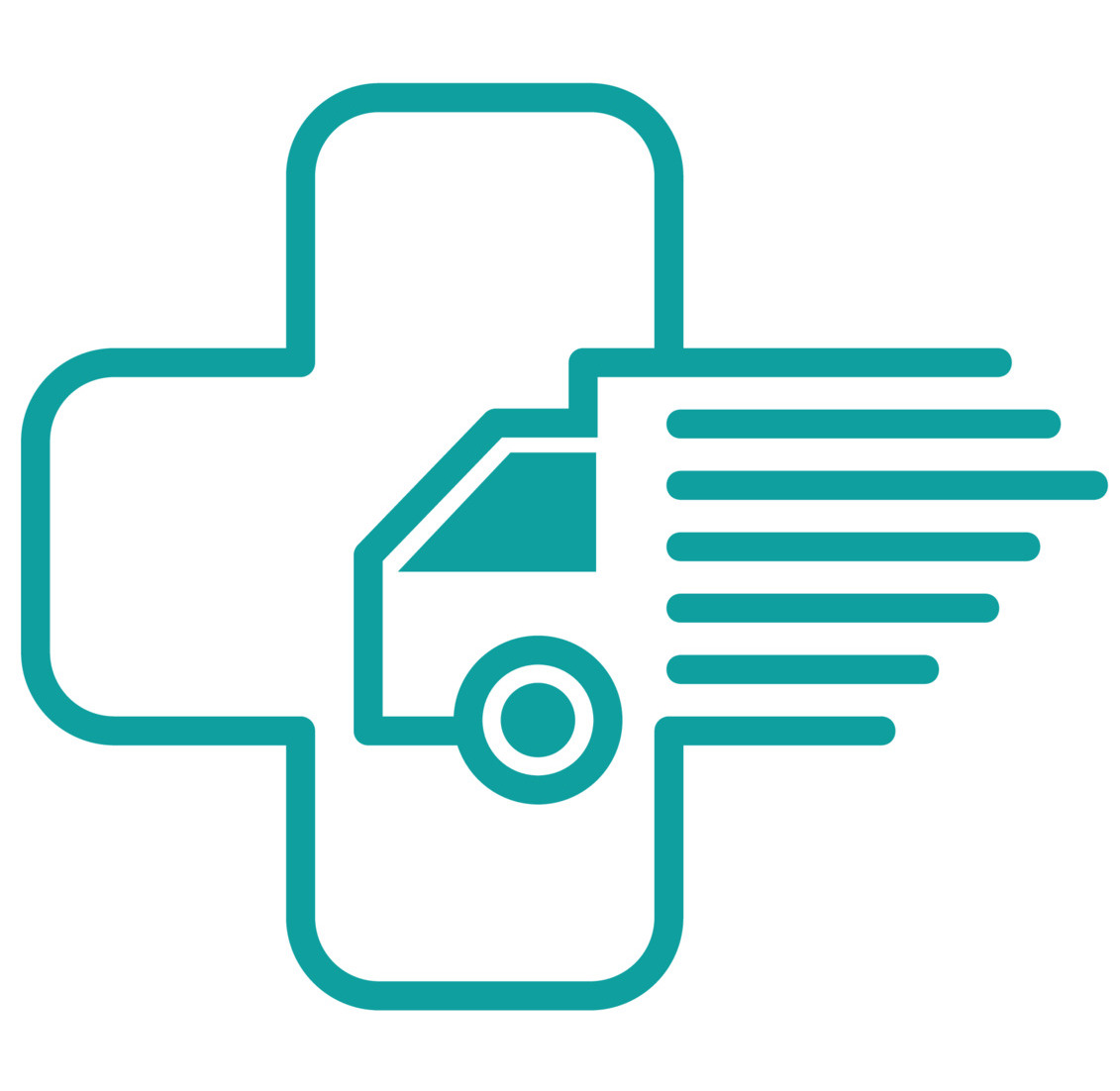
Emergency Care
Conditions We Treat & Manage

Back Pain
is rarely dangerous. In fact, only 5-10% of people presenting to the ED need to be admitted.
Back pain may be disabling and stop you from moving. While initial rest might help, prolonged bed rest may stall your progress.
Movement is key and when appropriate hands-on treatment may provide you relief to kickstart the motion of your stiff back.

Wry Neck
If you woke up with a stiff and painful neck. So bad that you can’t turn your head to check your blindspot when driving.
Fret Not.
We can come to you instead!
Typically, we can get your neck moving significantly better within a session if there is no history of trauma or chronic-neck pain.

Vertigo/BPPV
BPPV is one of the most common causes of vertigo, characterized by brief episodes of spinning sensation triggered by changes in the position of your head.
BPPV occurs when tiny crystals become dislodged from their normal location within the inner ear.
We can improve your symptoms through series of guided head and body movements to return the dislodged crystals to their correct position.

Headache
Did you know that headache can be caused by stress, poor posture, muscle tightness in the neck, shoulders and stiffness in the joints?
These kind of headaches can be classified into tension or cervicogenic headache.
These headache response rapidly to hands-on treatment.

Shoulder Strain/Trauma
Being a highly mobile joint, the shoulder is vulnerable to injuries such as dislocation, overused injuries, sprain/strain and fractures.
Our Principal Physio Dom has extensive experience working with Orthopaedic Surgeon specialising in the shoulder and would be able to help you fast track your recovery.

Rib Sprain/Stiff Rib
This is another common presentation we see:
– Sharp upper back pain and restricted movement whilst twisting, looking and lifting overhead.
– Pain on coughing and deep breathing.
When appropriate, we are able to manipulate the stiff spots and provide you lasting relieve in just 10 minutes.

Hip Pain
The 3 most common acute presentations we encounter are related to hip osteoarthritis, impingement and gluteal tendinopathy – all of which, will impact the ability to walk.
They are often related to doing too much too soon.
Fortunately, for all these conditions respond well to hand-on treatment.
We are usually able to get you moving better after a session.

Knee
You should present to physio early on for an initial assessment especially if you experienced a traumatic knee injury.
Time is of the essence in some cases.
There have been studies that suggest superior outcome with early immobilisation of the knee post ligament rupture.
In other situations, such as a jammed knee due to meniscus lesion, we MAY be able to unlock it for you.

Ankle Sprain vs Fracture
Ankle sprain is the most overlooked injury in the lower limb, often brushed over as “it’s just a sprain”.
If you develop significant pain, swelling, difficulty weight-bearing after a “sprain” make sure you seek physio care to:
- assess joint integrity
- rule out fracture
- manage your pain
30% of people with initial ankle sprains go on to develop chronic ankle instability. Unnecessary immobilisation of an injured ankle can also lead to a stiff ankle. Seek help from a professional if you are unsure.

Tendinopathy/ Tear/ Ruptures
The most common acute presentations we encounter are tennis elbow, rotator cuff, patella and achilles tendinopathy.
While hands-on treatment and strapping can be effective in providing temporary relief, such conditions often develop due to poor load management and would require addressing issue at it core to fix the problem.
If poorly managed, recurring tendon overload can lead to degenerative changes in the tissue that increase risks of developing tear or ruptures.

Fractures
Although fractures are commonly linked to high-energy trauma, they can also occur without significant impact:
Stress fracture can occur in runners who increase their mileage excessively or have a relative energy deficiency.
Bone weakening diseases such as osteoporosis and the use of certain medication can also make your bone more brittle and prone to fracture.
While most fracture are painful, some individuals present with minimum symptoms after a bone injury.
Concerned about a missed fracture? Give us a call!

Nerve Injury
Nerve injuries can be associated with:
Sensory changes such as numbness or “pins and needles” sensation
Weakness in the muscles innervated by the injured nerve and atrophy over time if the injury persists.
Sharp, shooting, or burning pain along the nerve’s pathway that may worsen with certain movements or pressure on the affected area.
Mobilisation of the joints/tissue around the angry nerve, nerve mobilisation exercise, strapping and advise on your posture by your physio can help improve your pain.

Same-day access to care
Our service is here to ensure you access the care that you need.
We understand unexpected situation happens sometimes:
- you might be sore the day before a big trip etc
- your team need a sports-trainer/physio for the event tomorrow etc…
Even if it is not a emergency, we will try to accommodate if we are able.

Certification/Pre-employment Screening
If you are injured, we will able to assess your current abilities and issue you a certificate of capacity appropriate for your work.
If you prospective employer require you to complete a pre-employment screening on/offsite, we will also be able to organise that for you.

Referral for imaging
In the event of significant trauma, red flags or persisting symptoms we will be able to refer you to our urgent care partners to same-day imaging.
Emergency After Hours/ Weekend Home Care Services
Services are currently available to throughout Metro Melbourne.
Coverage beyond our primary service area around the Northern and Eastern Suburbs may incur an after hour and travel surcharge.
Please send a message to 0415 238 432 or click the link below to arrange for an appointment.
